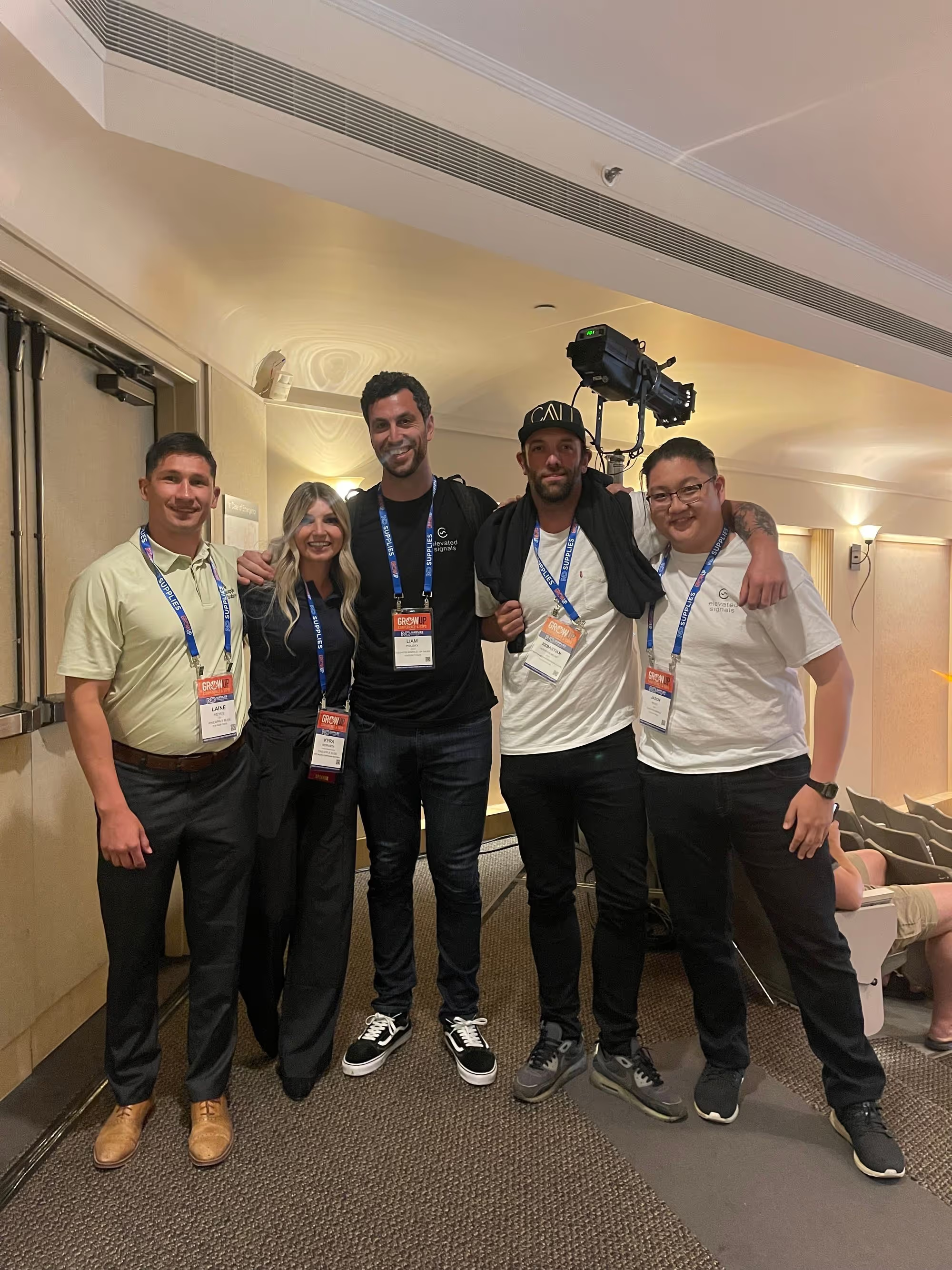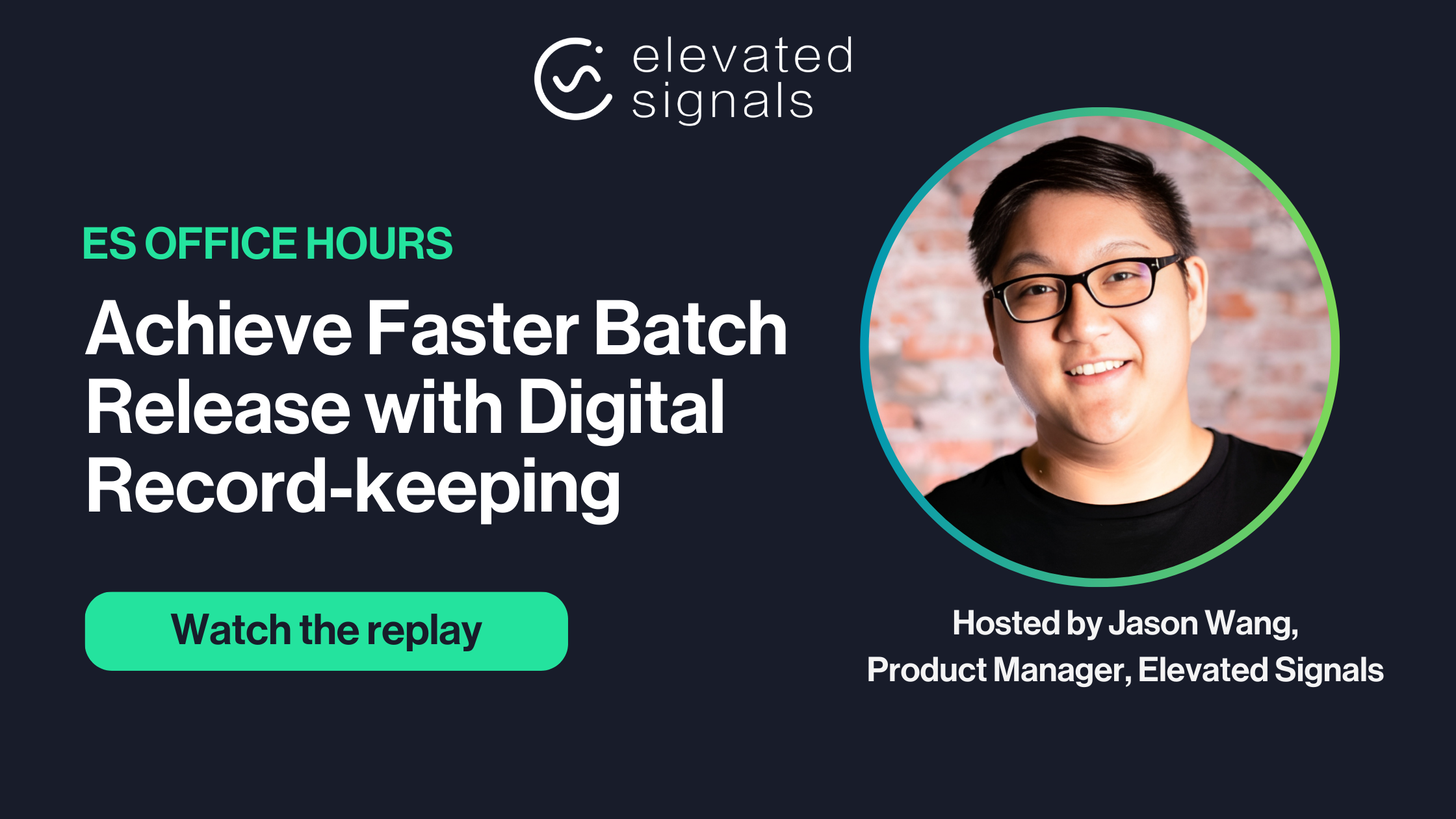“By streamlining our inventory, GxP record keeping and environmental data into one platform, Elevated Signals makes us much more efficient, keeps our operating costs down and helps us make data-driven decisions.” Laine Keyes, Co-founder and Chief Cultivator, Habitat
The Situation
About Habitat cannabis
Based out of Chase, British Columbia, Habitat is a micro cannabis cultivator focused on innovative, sustainable agriculture technology that is environmentally thoughtful and economical. The innovative team at Habitat were the first micro-cultivators to receive the Canadian General Standards Board Organic Aquaculture Standard Certification for salmon and cannabis production.
Habitat's consumer brand, Cake & Caviar, is known for its high-quality cannabis products.
Outdated seed-to-sale slowing down processes
When Habitat first received its Health Canada license, it used a combination of seed-to-sale software, pen & paper, and handheld sensors to manage its inventory, GPP record keeping and environmental data.
The three separate systems created a heavy administrative burden for the small team, and the resulting workload wasn’t sustainable for a business that was scaling quickly.
The team knew that they needed to streamline their inventory tracking and record keeping, but also wanted to keep operating costs as low as possible. They started searching for a replacement to their existing seed-to-sale platform, “we wanted a new system that was easy to navigate and could track our quality SOPs,” said Co-founder and Chief Cultivator, Laine Keyes.
“When we first got our Health Canada license, we were using a combination of seed-to-sale software, pen & paper and handheld sensors, which created a huge administrative burden for our team that wasn’t sustainable as we started to scale”
The Solution
Habitat found that Elevated Signals was the answer to its problems, “with Elevated Signals we’re able to track our inventory, complete our quality record-keeping, and monitor environmental data in one place. This makes us much more efficient and significantly reduces the cost of our administration work," said Laine.
By having one platform to record and pull detailed reports whenever the team needed them, Habitat was able to track all of the documentation required to remain compliant with Health Canada GxP obligations, as well as the additional layer of compliance that comes with its organic aquaponic certification.
With plans in the near future to scale to its full 2,152 sq.ft capacity, Habitat’s operating team knows that the complexity of their reporting will invariably increase. However, having Elevated Signals in place ahead of the planned expansion means that the level of work required to manage compliance will stay the same as it is today - ultimately saving Habitat’s team a minimum of 18 hours per staff member per week. This will enable the operational team to continue focusing on plant cultivation and product innovation.
“Whether you’re sanitizing a room or pruning, you’re able to get all of that detail uploaded and tracked nicely in Elevated Signals. When you’re going through an audit, you’re able to pull up all the information on your batches instantly. That wasn’t offered with our previous system and it makes a huge difference.”
According to Laine the transition from its old seed-to-sale platform and paper records on to Elevated Signals was easy. The customer support throughout the switch and during audits also made a huge difference, “the team really understands what documentation is required for inspections, and knowing that they are on stand-by if we needed them during an audit is very reassuring."
The Success
🌿 Significant Increase in Operational Efficiency: Elevated Signals sensors automatically collect data on the grow environment which feeds directly into the platform. Habitat used to collect this data manually through handheld devices. Laine notes, “thanks to Elevated Signals we get instant 24-hour data which we can monitor remotely, previously it would take us a significant amount of time to collect this.”
🌿 Scaling Made Easy: As the complexity of Habitat’s operation grows, the level of work required to manage compliance will stay the same thanks to Elevated Signals. As a result, the team will not need to hire additional QA personnel to manage the administration that comes with scaling.
🌿 Stress-free Audits: All documentation required by Health Canada, the Canada Revenue Agency, as well as Habitat’s aquaponics organic certification, can now be tracked and accessed in real time, making remote audits a breeze.
Looking for a cannabis seed-to-sale platform or cannabis ERP? Find out how Elevated Signals’ manufacturing software could help you on your path to profitability. Book a demo today 😎






%20(1).png)
.png)
%202.png)

.png)


